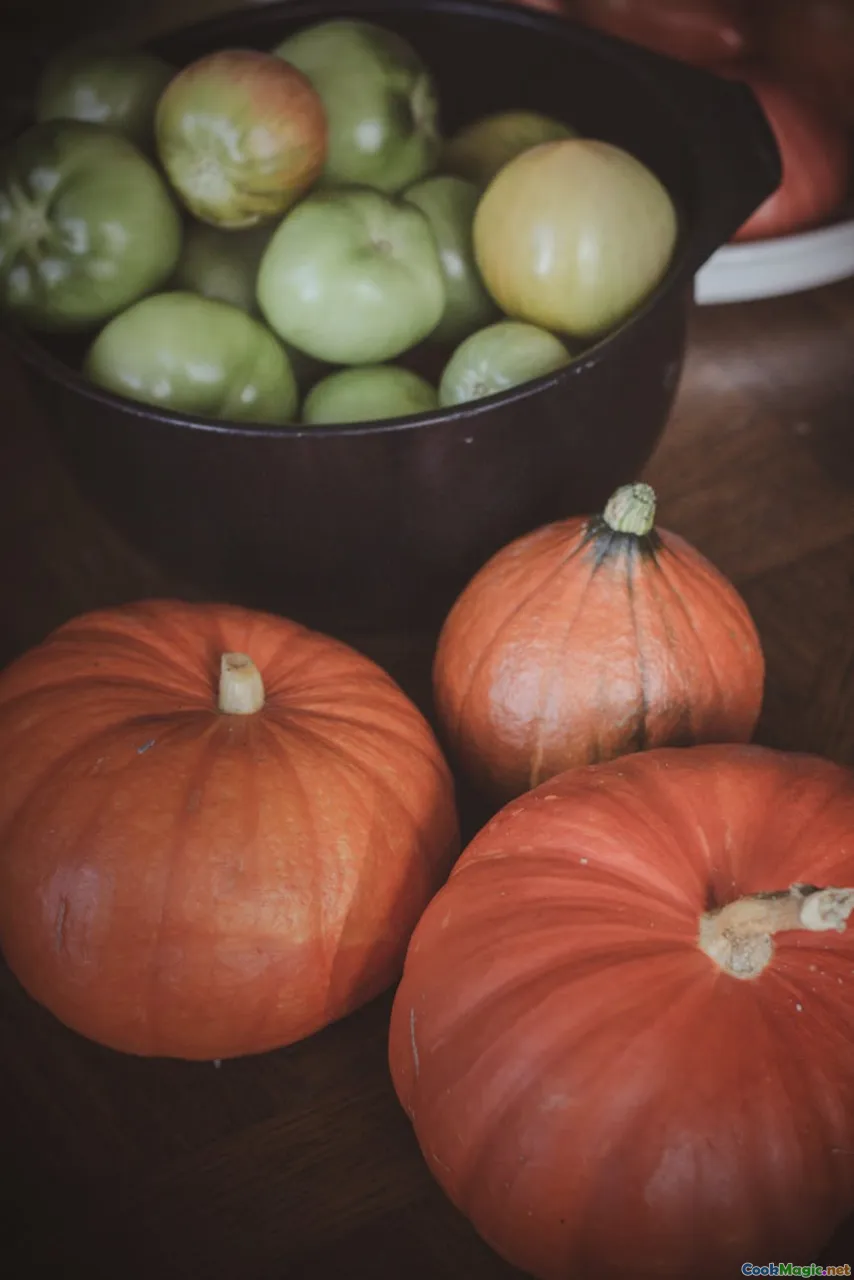Seasonality in French Provincial Cooking Explained
8 min read Discover the vital role of seasonality in French Provincial cooking, exploring how nature’s cycles shape flavor, tradition, and culinary artistry. April 28, 2025 11:00
Seasonality in French Provincial Cooking Explained
Imagine strolling through a sun-drenched French village in the heart of Provence during late summer. The air is thick with the aroma of ripe tomatoes, fragrant herbs, and freshly baked bread. This sensory tapestry is not happenstance but a reflection of a deeply rooted culinary philosophy: seasonality. In French provincial cooking, seasonality is more than a trend—it’s a way of life that intertwines nature’s rhythms with cultural heritage, shaping every dish with precision and reverence.
The Cultural Fabric of Seasonality in France
Long before modern refrigeration and global transportation, French cooks depended on the land’s natural cycles to determine what was on their tables. This seasonal approach wasn’t just practical; it was an expression of respect for nature’s bounty. Villages and farms thrived on the ebb and flow of seasons, with each period offering specific ingredients that defined regional cuisine.
In Provence, the arrival of spring heralded a bounty of tender asparagus, wild artichokes, and fresh peas, which found their way into rustic tarts and delicate stews. Summer’s peak brought ripe tomatoes, eggplants, and zucchinis, transforming simple ingredients into vibrant ratatouille and sun-kissed salads. Autumn painted the landscape in hues of orange and red, with mushrooms, apples, and chestnuts becoming central to hearty dishes. Winter, often the most challenging season, was met with preserved vegetables, salted meats, and root vegetables that sustained communities through cold months.
Historical Roots and Evolution
Historically, French provincial cooking grew from necessity and ingenuity. Before the advent of modern agriculture and global markets, local farmers and artisans relied on seasonal harvests, preserving excess produce through pickling, drying, and fermenting. This not only ensured food security but also imbued dishes with unique flavors—think of the pungent black truffles harvested in the fall or the preserved confit of duck enjoyed during winter.
The concept of seasonality also influenced the social aspects of dining. Festivals and markets celebrated the changing seasons, turning food into a communal experience. For example, the Fête de la Tomate in Nice celebrates summer’s bounty with markets overflowing with ripe, juicy tomatoes, inspiring chefs to craft simple yet flavorful dishes that highlight the ingredient’s peak ripeness.
Sensory Experience: Food as a Reflection of Nature
One of the most compelling aspects of seasonality in French provincial cooking is the sensory connection it fosters. The taste of a freshly picked strawberry in late spring is worlds apart from the frozen or imported versions available year-round. The aroma of freshly baked fougasse bread in Provence, with its hints of thyme and olives, evokes the warmth of summer and the scent of herb gardens.
Texture also plays a crucial role. Autumn mushrooms, like chanterelles, offer a meaty, earthy bite that contrasts beautifully with the crispness of autumn apples. In winter, the richness of a slow-cooked beef bourguignon, infused with red wine and aromatic herbs, provides comfort and warmth that mirror the season’s introspective mood.
Regional Variations and Signature Dishes
Different regions in France have their own seasonal rhythms and culinary expressions:
- Provence: Embraces the bounty of summer with dishes like ratatouille, made from tomatoes, zucchini, eggplant, and peppers at their peak.
- Burgundy: Celebrates autumn with dishes like coq au vin and mushroom-based creations, utilizing the forest’s harvest.
- Normandy: Focuses on apples and dairy, with seasonal apple tarts and creamy cheeses that develop flavor over time.
- Alsace: Incorporates preserved vegetables and cured meats, celebrating the winter months.
Signature dishes often highlight seasonal ingredients:
- Spring: Asparagus quiche, wild herb salads.
- Summer: Gazpacho, fresh seafood platters.
- Autumn: Chestnut soups, roasted game, and mushroom stews.
- Winter: Cassoulet, preserved vegetables, hearty roasts.
Personal Reflections and Modern Adaptations
Living in France, I’ve experienced firsthand how deeply seasonality influences daily life and cooking. Early mornings in farmers’ markets reveal a kaleidoscope of colors and scents—each stall a testament to nature’s cycle. I recall a summer trip to Aix-en-Provence, where an age-old tradition of picking fresh tomatoes, basil, and herbs inspired a simple pasta dish that exploded with flavor—the essence of seasonality.
Today, many chefs and home cooks are rediscovering this approach, emphasizing local and seasonal ingredients even in urban settings. Farmers’ markets have become cultural hubs, and seasonal menus are celebrated for their freshness and authenticity. This shift not only supports sustainable practices but reconnects us with the land and its rhythms.
The Emotional and Social Significance
Seasonality in French provincial cooking is more than just ingredients; it’s a celebration of life’s cycles, a way to honor the land, and a means of forging community bonds. Sharing a seasonal meal, whether it’s a springtime asparagus tart or a winter pot-au-feu, fosters connection and appreciation for the fleeting moments of abundance.
The act of cooking and eating seasonally also nurtures a sense of mindfulness. It encourages patience—waiting for the perfect ripeness, preserving seasonal bounty, and savoring each bite as a gift from nature.
Conclusion
In a world increasingly driven by convenience and globalization, the seasonality in French provincial cooking remains a powerful reminder of our roots. It teaches us to respect nature’s cycles, cherish fleeting moments of abundance, and craft dishes that resonate with authenticity and soulful flavor. Embracing seasonality isn’t just a culinary choice—it’s a lifestyle that reconnects us with the land, history, and each other.
So next time you bite into a ripe tomato or savor a slow-cooked stew, remember: you’re partaking in a timeless tradition that celebrates the beautiful, ever-changing dance of the seasons.









